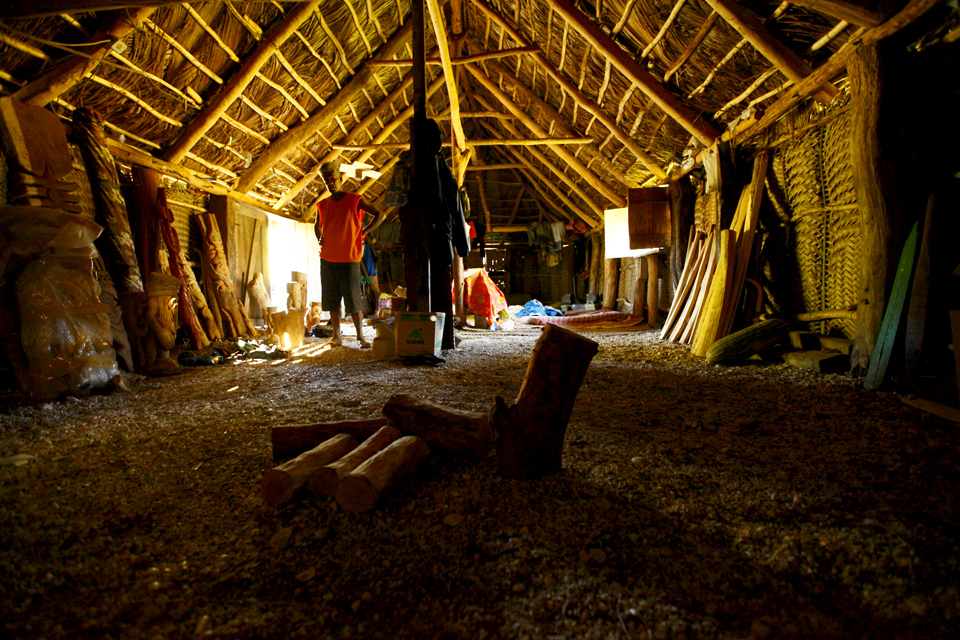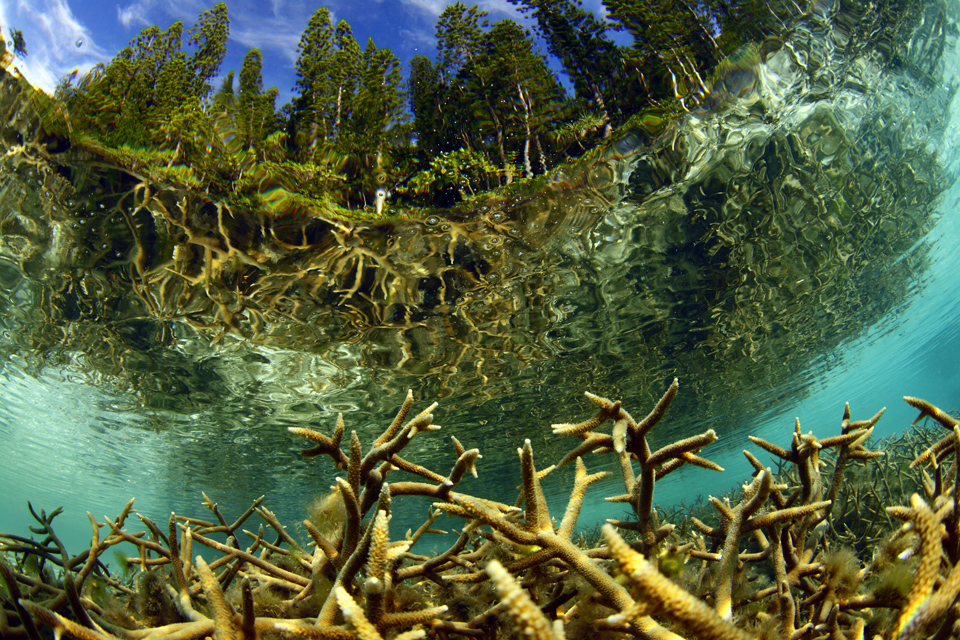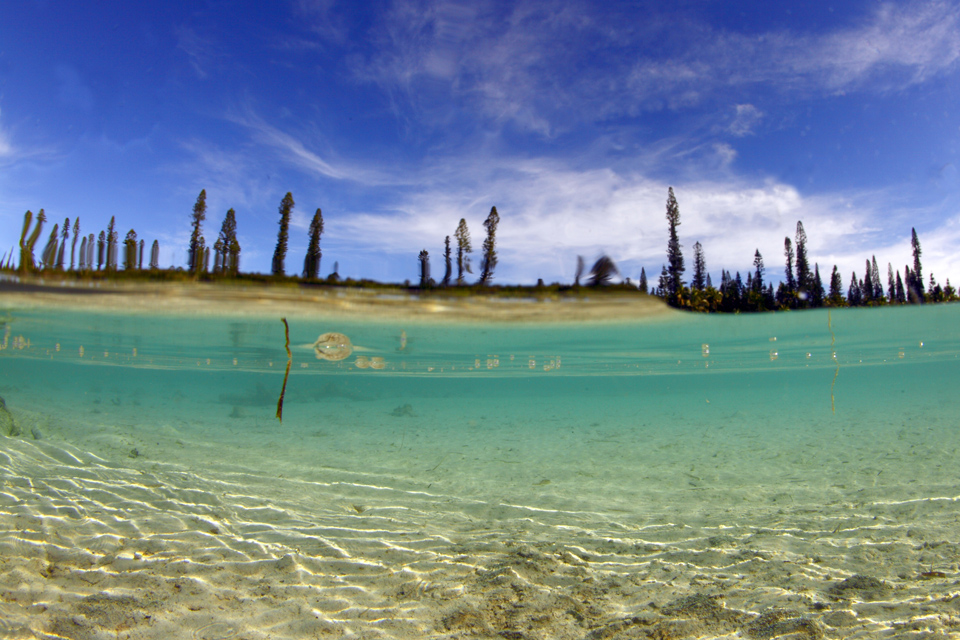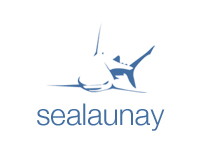Ouvéa is a commune in the Loyalty Islands Province of New Caledonia, an overseas territory of France in the Pacific Ocean. The settlement of Fayaoué, on Ouvéa Island, is the administrative centre of the commune of Ouvéa.Ouvéa is made up of Ouvéa Island, the smaller Mouli Island and Faiava Island, and several islets around these three islands. All these lie among the Loyalty Islands, to the northeast of New Caledonia’s mainland.Ouvéa Island is one of the Loyalty Islands, in the archipelago of New Caledonia, an overseas territory of France in the Pacific Ocean. The island is part of the commune (municipality) of Ouvéa, in the Islands Province of New Caledonia.
The Loyalty Islands (French: Îles Loyauté) are an archipelago in the Pacific. They are part of the French territory of New Caledonia, whose mainland is 100 km (62 mi) away. They form the Loyalty Islands Province (province des îles Loyauté), one of the three provinces of New Caledonia. The first Western contact on record is attributed to the British Captain William Raven from the London trading ship Britannia, who in 1793 was on his way from Norfolk Island to Batavia. It is very likely however that the discovery and naming of the islands goes back to the London ship Loyalty (also Loyalist, Jethro Daggett master), being on a South Sea trading voyage from 1789 till 1790.The archipelago consists of six inhabited islands: Lifou Island, Maré Island, Tiga Island, Ouvéa Island, Mouli Island, and Faiava Island, as well as several smaller uninhabited islands and islets.  Mister Ohmoou Waibo Felix wood carver inside his house in the Fayaoue village on the Ouvea island in the Loyalty islands, he was my guide for my timeless promenades
Mister Ohmoou Waibo Felix wood carver inside his house in the Fayaoue village on the Ouvea island in the Loyalty islands, he was my guide for my timeless promenades










